In 1933, Adolf Hitler seizes power in Germany, where he has seduced the population with golden promises of a restoration of the Great German Empire. He allies himself with Mussolini's fascist Italy, Stalin's communist Soviet Union and the military dictatorship in Japan, which has the same dreams of grandeur as Germany. In this series, you get a thorough review of World War II - from the birth of fascism through the war's many dramas to the aftermath, where the victors deal with the war's worst criminals.
A war we can never forget
The road to a new world war • The period after World War I was not the halcyon days that many hoped for. Instead extremist movements rose throughout Europe. 20 years later Nazi Germany was poised for revenge.
Germany’s rearmament tested the world • When Hitler came to power in 1933, he swiftly rearmed Germany militarily, in direct violation of the Treaty of Versailles. New warships were launched, military service was introduced, and a new air force was built under the leadership of Hermann Göring.
1939 World War II breaks out • For a long time Adolf Hitler had threatened Nazi Germany’s neighbouring countries. Austria and Czechoslovakia were taken without a fight, but it would not be as easy with Poland. The country was bigger and had also received pledges of support from both France and Britain.
Hitler’s armies crushed Poland • On 1st September, 1939 World War II began with Germany’s attack on the Polish border. In great secrecy, Hitler and Stalin had agreed to divide Poland between them. In the space of a month they had wiped the country from the map.
Weapons that decided the war • During World War II, new weapons, tanks and aircraft quickly became renowned for being able to affect the outcome of important battles.
SKI TROOPS STOPPED THE SOVIET ATTACK • In November 1939 the Soviet Union invaded Finland to spark what became known as the Winter War. Soviet dictator Joseph Stalin expected Finland to be taken in 12 days, but the Red Army encountered unexpectedly fierce resistance.
1940 Blitzkrieg gave Germans the upper hand • In spring 1940 Nazi Germany went on the offensive. First, it occupied Norway and Denmark before German forces rolled swiftly westward to consume Belgium, the Netherlands and France. The British were forced to evacuate their soldiers over the Channel and were soon subjected to a heavy bombardment from the German Luftwaffe.
Quisling helped Germans Luck and treason allowed Hitler to occupy Norway • On 9th April, 1940 the Germans fought in Denmark and Norway. The Danes surrendered immediately, while some Norwegians fought the superpower for two months. If the Germans hadn’t had the help of far-right leader Vidkun Quisling they might have failed.
Blitzkrieg on the Western Front France was crushed in only a few weeks • At dawn on 10th May, 1940 Hitler’s attack on Western Europe began. In just a few weeks, France would be defeated by Germany’s new form of warfare: blitzkrieg (lightning war). It was a tactic where the famous Stuka aircraft played a crucial role.
U-boats planned to starve Britain • During World War I Germany had attempted to cut Britain’s trade with the outside world with unrestricted submarine warfare. The aim was to choke imports that fuelled the British war effort.
Fighter planes saved British • In the summer of 1940 German Luftwaffe fought the Royal Air Force in one of history’s greatest air battles. Both sides endured massive losses, but eventually the British managed to fend off Hitler’s invasion plans.
1941 Soviet Union forced to switch sides • In June Hitler broke the non-aggression pact with Stalin by ordering his forces to invade the Soviet Union. Later the same year, the United States was attacked by Japan. These two countries joined...
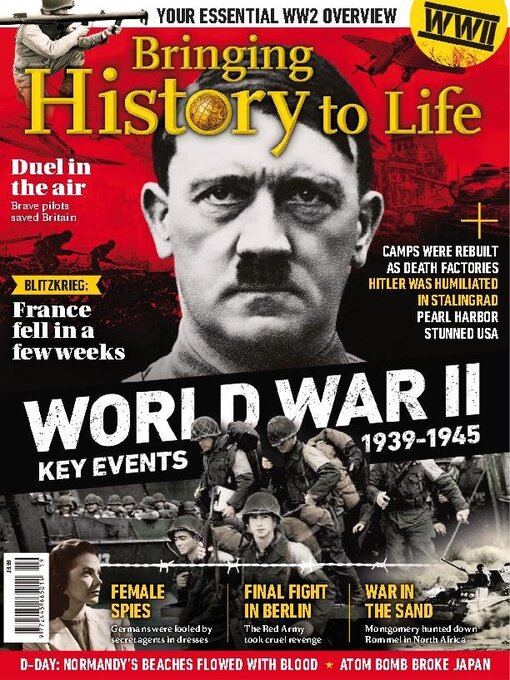
 Panzer!
Panzer!
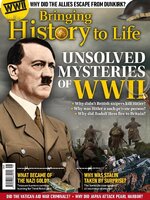 Unsolved Mysteries of WWII
Unsolved Mysteries of WWII
 Fall of Berlin
Fall of Berlin
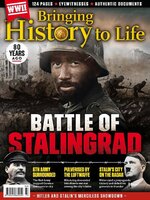 Battle of Stalingrad
Battle of Stalingrad
 Special Forces - Equipment! Tactics! Missions!
Special Forces - Equipment! Tactics! Missions!
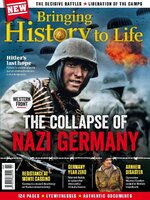 The Collapse of Nazi Germany / Western Front
The Collapse of Nazi Germany / Western Front
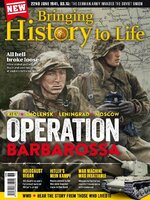 Operation Barbarossa
Operation Barbarossa
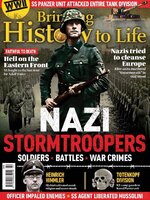 Nazi Stormtroopers
Nazi Stormtroopers
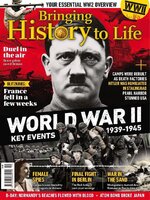 World War II - Key events 1939-1945
World War II - Key events 1939-1945
